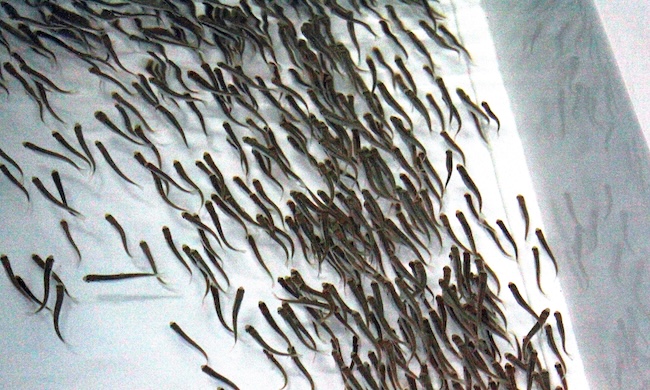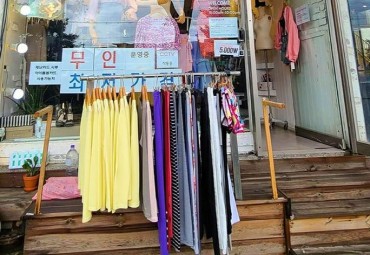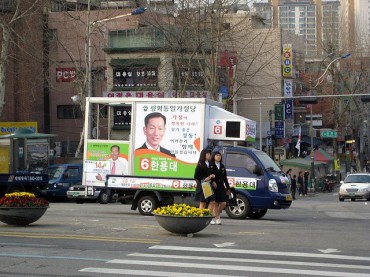SEOUL, Dec. 6 (Korea Bizwire) – Once a symbol of successful ecological restoration in South Korea’s industrial powerhouse, the Taehwa River in Ulsan is witnessing its lowest salmon return since 2005, with only 37 fish counted this year, local officials reported on December 5.
The return of salmon to the Taehwa River, which began in 2003, had been celebrated as a testament to the river’s transformation from an industrial waterway to a thriving ecosystem.
For residents and visitors alike, the sight of salmon in this industrial city had become an unexpected gift and a source of civic pride.
The Taehwa River Ecological Center, in collaboration with Ulju County, reported the first returning pair of salmon – one male and one female – on November 1 at approximately 4:30 p.m. near the Guyeong Bridge in Beonseo-eup, Ulju County.
The center had initially planned to monitor salmon returns until November 30 but extended the observation period to December 6 to gather additional ecological data.
Officials note that this year’s count of 37 salmon represents a dramatic decline from the peak years. The river’s salmon population had shown remarkable growth since monitoring began in 2003 with just five fish.
Numbers increased significantly in the late 2000s, with 614 salmon in 2009 and 716 in 2010. The population reached its zenith in 2014 with 1,827 fish, following 1,788 in 2013.
However, recent years have seen fluctuating numbers: 578 in 2015, 123 in 2016, 885 in 2020, 136 in 2021, 173 in 2022, and 45 in 2023. The primary migration period typically occurs between mid-October and mid-November.
Experts attribute the declining numbers largely to typhoon activity. The previous low of 123 salmon in 2016 was linked to Typhoon Chaba, which struck Ulsan in early October of that year. The typhoon caused significant river turbidity and altered riverbed formations, creating obstacles for returning salmon.
Environmental factors beyond typhoons may also play a role, including El Niño events that warm waters off the coasts of Peru and Chile, potentially affecting salmon migration patterns.
Despite these challenges, conservation efforts continue. Since 2016, the Taehwa River Ecological Center has successfully operated an artificial hatching program for returning salmon.
The center plans to continue this initiative, with eggs from this year’s returning salmon to be artificially fertilized and hatched over winter. The resulting juvenile salmon will be released into the Taehwa River in February and March of next year.
Image credit: Yonhap / photonews@koreabizwire.com









